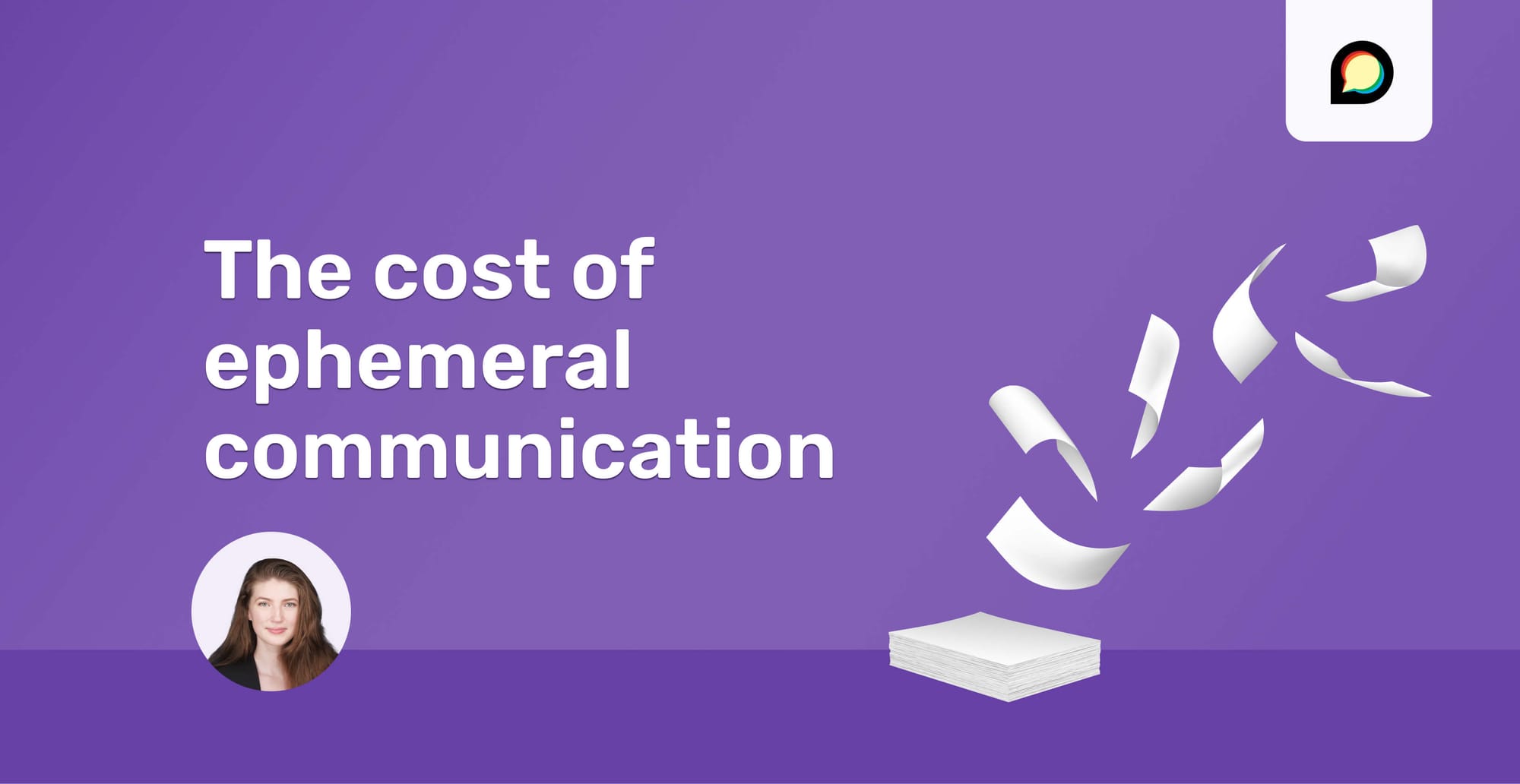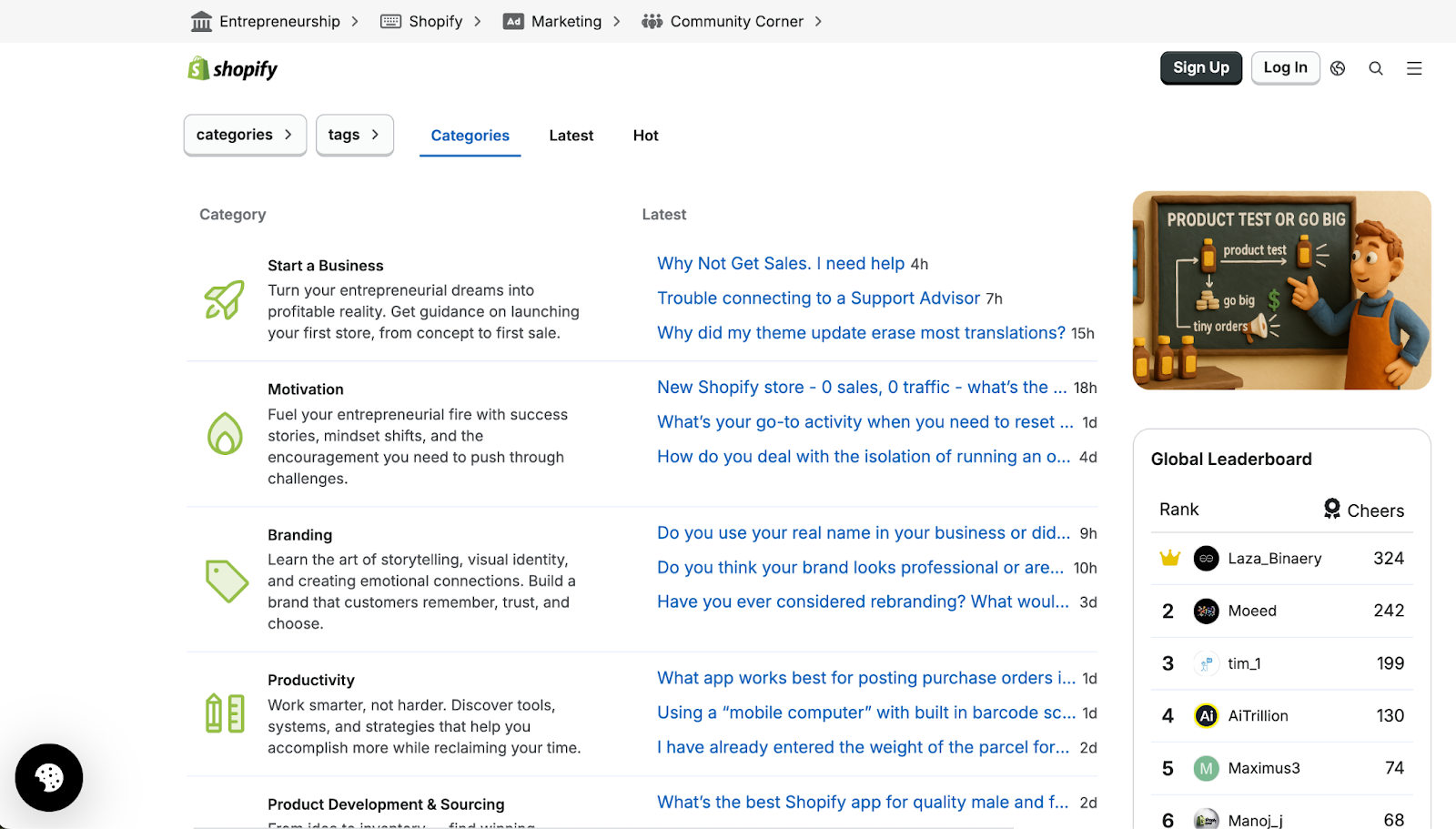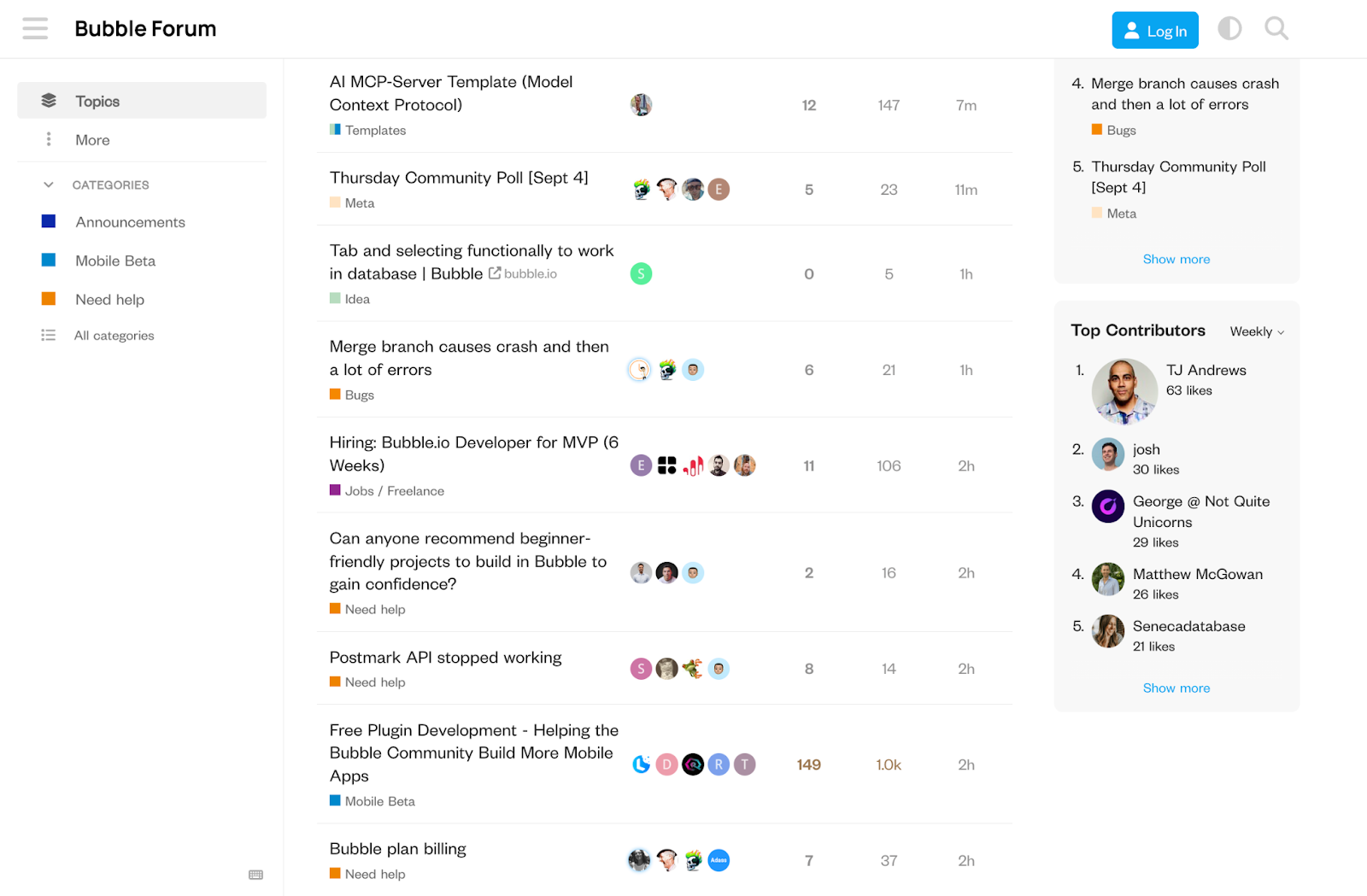The Cost of Ephemeral Communication

Modern communication is built for the scroll.
Think: Slack and Discord chats, disappearing messages, DMs, and social feeds where the stream moves too quickly to be reliably referenced later. The goal is speed and informality.
Over the last decade, many communities and companies have followed the trend, moving from long-form asynchronous forums to always‑on ephemeral chat.
It didn’t come out of nowhere. The shift was driven by remote work (and COVID played a part), the popularity of gaming communities, and the dopamine of instant replies. Even organizations with robust documentation adopted chat as the “default,” turning forums and knowledge bases into afterthoughts.
Ephemeral channels feel faster, friendlier, and less intimidating.
A new member can pop in with a question.
A product manager can sanity‑check an idea.
A support engineer can unblock a customer without spinning up a formal document.
For bonding, triage, and live troubleshooting, it’s genuinely fantastic.
But when it’s the only system of record, ephemeral channels quickly erase institutional memory. The result: a compounding tax on productivity.
The Hidden Costs Start Small
If you’ve run a Slack or Discord with more than a few hundred members, you’ve seen the same questions cycle every week. Search helps, but the answers are buried inside long threads with shifting context.
Hours vanish combing through channel history, DM screenshots, and calendar invites to reconstruct context. Decisions without rationale are hard to stand behind, and people don’t support what they don’t understand.
New members want to catch up on how decisions were made but high‑value contributors, subject‑matter experts, and veteran moderators end up re‑explaining the same thing over and over again, which is the opposite of productive. Over time, they drift. They start posting less, lurking more, or leaving.
When the people with the best answers disengage, quality spirals.
A conservative example: three repeat questions per week, eight minutes to answer each, across a year is 1,248 minutes - 20.8 hours of expert time spent re‑answering the basics. And that’s just the visible repetition.
A well-executed support forum can reduce up to 48% of customer support costs.
You can see it in some of the thriving support communities using Discourse:


The Expertise Drain
When experienced members move on, their insights go with them, because those insights live in chat fragments. Without preserved discussions, you can’t apprentice the next generation. Apprenticeship depends on visible thought processes — threads, proposals, critiques, post‑mortems — so newcomers can learn the why, not just the what.
In ephemeral ecosystems, the actual “documentation” is in people’s heads. Managers start asking, “Who knows how this actually works?” The answer becomes a short list of individuals you can’t afford to lose.
The organization defaults to “ask the expert” instead of “consult the canon.” This is flattering for a while, until it turns into a bottleneck.
Askers feel guilty; experts feel resentful; leaders feel the throughput crunch.
Time Zone Inequality
Ephemeral chat only favours people present in the moment.
People in adjacent time zones benefit but others miss the conversation entirely. The “official” answer depends on who you caught awake. Those absent can object only after momentum has already formed — which is both costly and ineffective.
This is a culture of “always-on pressure.” Employees internalize an unspoken rule of, “If I disconnect, I’ll fall behind.” And because information only “exists” in the moment,work expands into nights,weekends and burnout.
The Productivity Paradox
Chat keeps you in motion — triaging, responding, reacting and acknowledging. It feels like progress. But sometimes, it’s just activity. The ratio of “messages sent” to “problems solved for the future” trends downward.
Asana’s recent Anatomy of Work report says that workers spend 60% of their day on coordination/communication — “work about work” — and 88% say time‑sensitive projects fall behind due to task and message volume.
Context switching has its costs. Eight channels, three threads, and a handful of DM’s are normal in chat culture, each switch rewires your attention. Deep work doesn’t survive constant context switching. Chat is the single biggest drain on focus and can cost 157 hours/year per knowledge worker.
Since everything looks immediate in a feed, urgency turns into an addiction, training teams to optimize for speed over clarity.
Long chat “debates” often culminate in, “Let’s hop on a quick call.” The nuanced discussion that should have been a structured thread becomes an ad hoc meeting where the conclusions are never documented.
Organizational Knowledge Loss
Institutional amnesia is a real problem. If the community can’t remember, it can’t learn. Teams repeat experiments with the same pitfalls. Communities reargue settled issues because no one can find the prior agreements. Without persistent artifacts, you can’t study what worked, what failed, and why. That robs you of storytelling power, which is critical for internal alignment and external credibility.
Policies exist, but their intent is opaque. People comply less with rules they don’t understand, and they duplicate work when they can’t find the historical reason why. Values and practices change by accident rather than by design because there’s no trace of the conversations that shaped them.
The Real Cost in Numbers
We can actually quantify typical losses from ephemeral communication:
- Capturing answers in a reusable system reduces individually asked/answered questions by 65-85% and shifts effort from 30 minutes to answer to 5 minutes to find. (Source)
- Employees are interrupted every 2 minutes — with ad‑hoc meetings being 60% of the total (Source)
- “44%–74% of questions in active Discord communities are repeats of earlier questions.” (Source)
When Ephemeral Makes Sense (And When It Doesn’t)
Ephemeral is great for:
- Social bonding: casual chatter, celebrations, check‑ins.
- Quick coordination: “Standup is starting,” “Server X is down,” “Room change.”
- Urgent notifications: real‑time incident response and triage.
- Low‑stakes brainstorming: sketching ideas that may never ship.
Ephemeral is less great for:
- How‑tos and policies: anything someone will need again.
- Decisions and rationale: the context behind choices.
- Complex design or research: nuanced content that benefits from threading.
- FAQs and public answers: questions with long shelf lives.
The Migration Challenge
Ephemeral tools give you immediacy, but they also trap you in fleeting exchanges that disappear as quickly as they’re shared. The migration from ephemeral to knowledge-building communication is one of the biggest challenges a chat community will face — one we've helped many navigate. In fact, we've put together a detailed migration guide to walk you through every stage, from planning and communication to post-launch support.
One of the biggest success factors is involving your community early — especially your super users. When people feel ownership of the process, the transition becomes less about leaving an old tool behind and more about building something new together.
Those who succeed in this transition don’t just adopt new tools; they redefine how their communities think, share, and preserve knowledge.
Building for Memory and Depth
As you scale, chaos usually grows faster than order. Knowledge-building systems reverse the ratio: the larger you get, the richer your resources become, and the easier it becomes for newcomers to contribute meaningfully.
Durable threads, Q&A, and design docs allow new contributions to stack rather than reset. Yesterday’s answer seeds today’s improvement, which seeds tomorrow’s best practice. When people can reference and build on prior thinking, the discourse matures. Members don’t need to remember everything because the community does. That frees attention for creativity and problem‑solving.
A Call for Intentional Communication Design
For community owners, there are two options: optimize for the speed of ephemeral exchanges or invest in the depth of permanent discussions. While fast, ephemeral exchanges deliver short-term convenience, the real ROI lies in permanent discussions that compound in value over time.
Communities that invest in structured, enduring conversations build knowledge assets that fuel learning, innovation, and brand equity. But community builders need the courage and the buy-in to rise above member preferences for instant chat and instead steward tools that truly serve long-term needs.
The organizations that make this shift will gain a cutting edge in the next era of community building.
